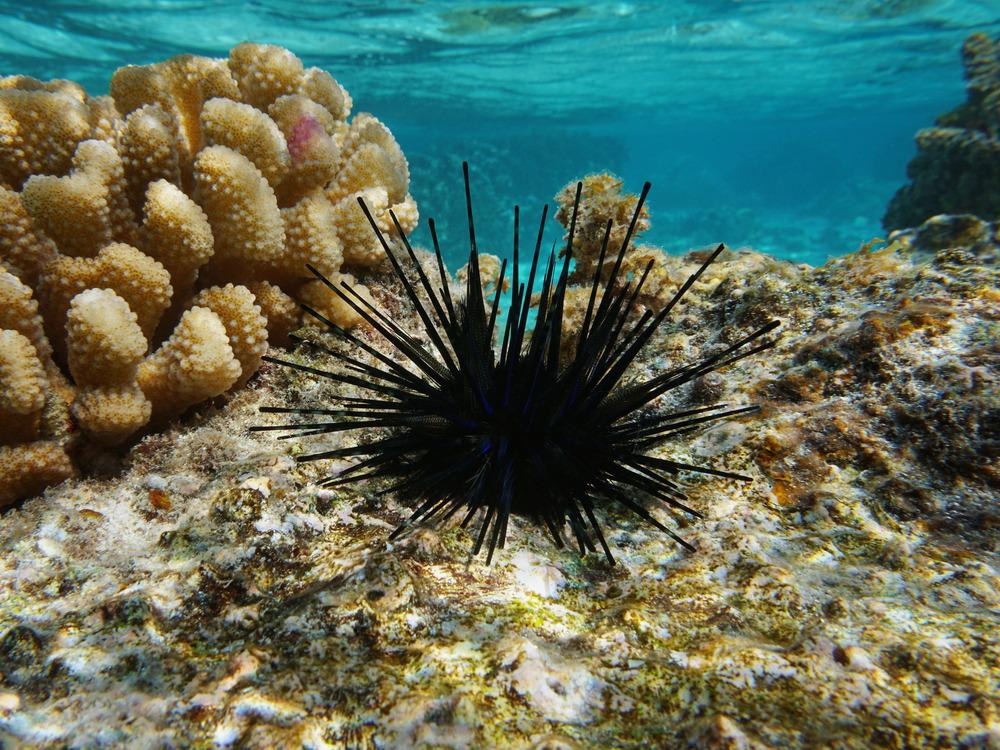 By Surbhi JainReviewed by Susha Cheriyedath, M.Sc.May 10 2022
By Surbhi JainReviewed by Susha Cheriyedath, M.Sc.May 10 2022In an article recently published in the journal ACS Applied Energy Materials, researchers discussed the suppression of dendrite using sea-urchin-like hierarchical carbon spheres with conical pores as a three-dimensional (3D) lithium host.

Study: Sea-Urchin-like Hierarchical Carbon Spheres with Conical Pores as a Three-Dimensional Lithium Host for Dendrite Suppression. Image Credit: Damsea/Shutterstock.com
Background
Rechargeable batteries having high energy densities continue to be in high demand. Because of its extraordinarily high energy density and lowest reduction potential, lithium metal has long been regarded as an ideal anode material. Despite these benefits, actual application poses obstacles.
Mechanical control, interface control, and host material design are three methods for overcoming present barriers in the commercial application of lithium metal batteries. Because of the adsorption energy stabilization and easy control of the Li+ flux, the rational design of the lithium host material is of interest. Lithium hosts with 3D structural architectures show promise.
Because of their great chemical stability, electrical conductivity, and mechanical strength, carbonaceous materials such as graphene, carbon nanofibers, reduced graphene oxides, and carbon nanotubes are the most popular host scaffolds for lithium. Furthermore, altering the surface and structure of these materials to improve lipophilicity can substantially reduce overpotential during the deposition process of lithium.
About the Study
In this study, the authors presented the development of a sea-urchin-like hierarchical carbon sphere with a conical pore structure (SUHCP) that could be used as a 3D lithium host for dendrite suppression. The researchers used the proposed hierarchical 3D porous structure to effectively accommodate lithium and simultaneously avoid volume increase.
The team developed a unique 3D porous carbon structure with hierarchical and conical pores to serve as a lithium host for dendrite-free lithium metal batteries. This carbon structure, unlike earlier carbon structures, was utilized for the uniform accommodation of lithium from the inside of pores. The conical pore structure's valley-like patterns were used to homogenize Li+ flux and reduce electric charge concentration. This further inhibited dendritic lithium development improved battery performance and enabled high-rate capability and long cycle life.
Observations
The nucleation voltages of bare Cu, HC, and SU-HCP, respectively, were -66, -50, and -43 mV. There were two distinct D and G band peaks in the Raman spectra at 1350 and 1600 cm-1, which corresponded to amorphous carbon and ordered graphitic layers, respectively. The specific surface area (SBET) and pore volume of the BET were determined to be 985.1 m2 g-1 and 0.9194 cm3 g-1, respectively. HC had an SBET of 278.9 m2 g-1 and a pore volume of 0.0263 cm3 g-1.
In comparison to the HC and bare Cu foil, the SU-HCP showed increased cycle stability at elevated current densities of 5.0 mA cm-2 as well as 2.0 and 1.0 mA cm-2. Over 100 cycles, the coulombic efficiency (CE) values of the Li/SU-HCP cell were 92% and 87%, respectively, while the Li/HC cell and the Li/bare Cu foil cell performed poorly.
The Li/SU-HCP cell demonstrated improved cycle stability with an excellent CE of 95% over 250 cycles at a current density of 0.5 mA cm-2, whereas the Li/bare Cu foil cell and the Li/HC cell showed quick degradation after 90 and 130 cycles, respectively.
When compared to previously reported 3D porous carbon structures, electron microscopic images and battery performance findings demonstrated that the multiple valley-like configurations in the conical pore structure facilitated greater lithium accommodation. By acting as a uniformly distributed charge center, the center of the pores stimulated lithium deposition.
Nucleation occurred on the interior and had an impact on lithium growth. With a long-term cycle life of over 250 cycles at a current density of 0.5 mA cm-2 and improved kinetics at higher current densities up to 5 mA cm-2, the proposed carbon scaffold architecture could significantly suppress dendritic lithium development, which resulted in improved battery performance.
Conclusions
In conclusion, this study discussed the development of a sea-urchin-like hierarchical and conical pore structure by using Cu as an anode substrate for application in lithium metal batteries. In the Li/Cu cell test, this substrate displayed outstanding electrochemical performance with good CE and cycle stability after 250 cycles, even at a current density value of 0.5 mA cm-2.
The unusual 3D conical pore structures among the needles possessed significant surface areas, as evidenced by transmission electron microscopy (TEM) and scanning electron microscopy (SEM). The structures were crucial in enabling the consistent Li+ flux deposition and distribution, as well as serving as charge centers for the deposition of dense Li.
The authors mentioned that this favorable property of SU-HCP also enables Li to be deposited uniformly without Li dendrites, resulting in extremely steady cycle performance. They also elucidated that by using a 3D material for the development of high-performance lithium metal batteries, one could obtain insights into the design of an anode substrate.
More from AZoM: Why and How Do We Dope Semiconductors?
Disclaimer: The views expressed here are those of the author expressed in their private capacity and do not necessarily represent the views of AZoM.com Limited T/A AZoNetwork the owner and operator of this website. This disclaimer forms part of the Terms and conditions of use of this website.
Source:
Li, J., Zhu, X., Cheng, X., et al. Sea-Urchin-like Hierarchical Carbon Spheres with Conical Pores as a Three-Dimensional Lithium Host for Dendrite Suppression. ACS Applied Energy Materials (2022). https://pubs.acs.org/doi/10.1021/acsaem.2c00277